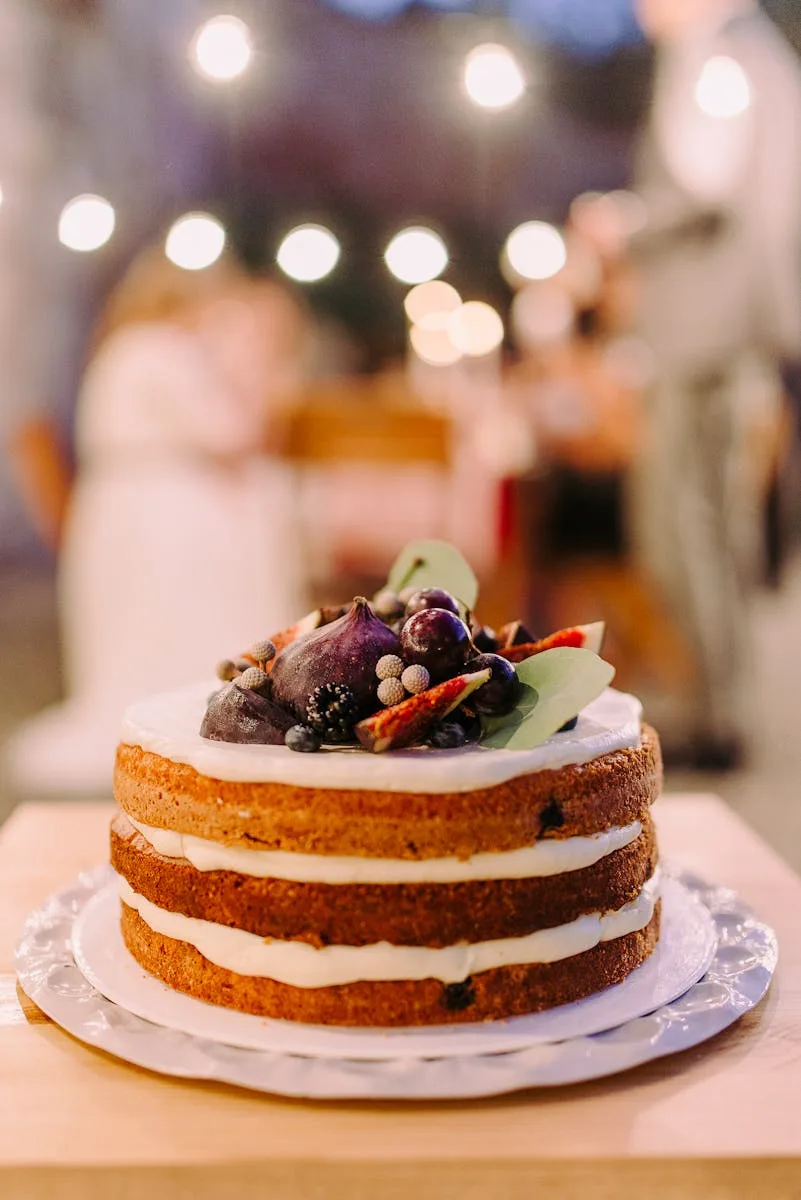Every nation has its own cake styles, just as every nation has its own cuisine. The history, environment, and culture of a place have a profound impact on the ingredients used in these delicacies as well as how they are made. It’s what distinguishes a French recipe from an Egyptian one, or an Asian sponge from a South American sponge. Furthermore, the vast array of cake styles corresponds to the settings in which the cakes are served, such as afternoon tea versus a lavish dinner party.
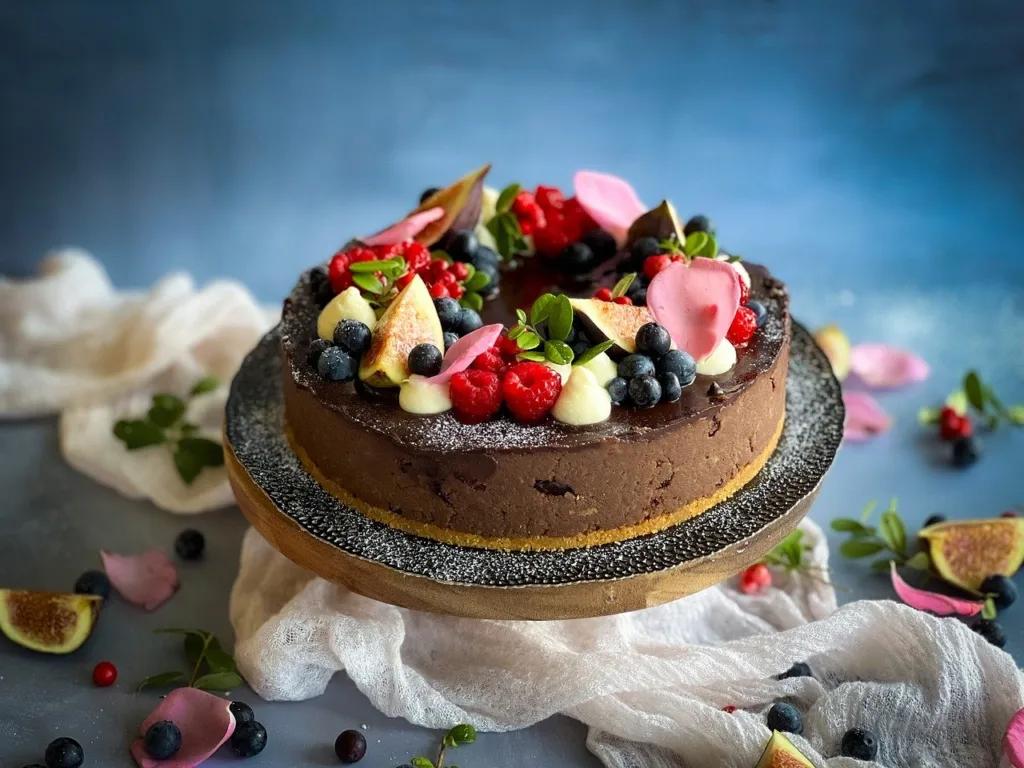
We are comparatively closed off to the variety of cakes found throughout the world here in the United States. While there’s nothing wrong with a slice of coffee cake or a rich devil’s food cake for breakfast, there are a plethora of other flavors and textures available when you venture outside national boundaries. These cakes, many of which you may try creating at home, are some of our favorites from around the globe.
Table of Contents
Popular Cake
Breton Butter Cake (France)
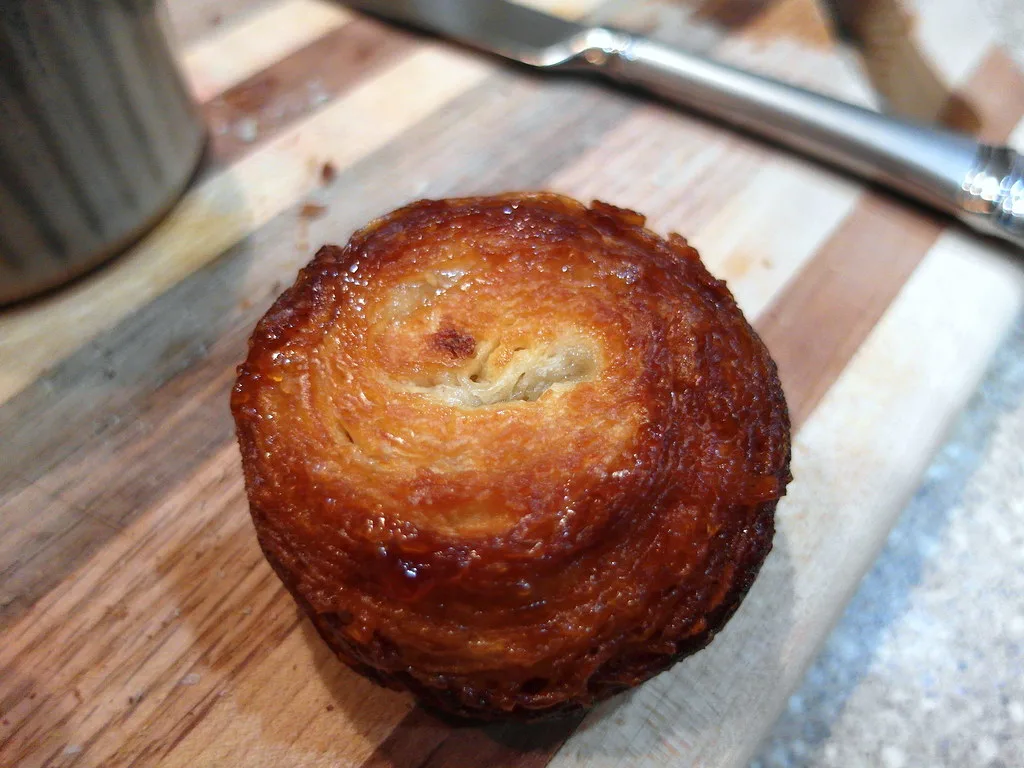
For those who are undecided between cake and cookies for dessert, there’s nothing better than the traditional French dish called beignet butter. The dessert, also known as gâteau Breton or kouign-amann in the Brittany region, is intrinsically related to the region. It is made using egg, sugar, vanilla, yeast, and premium European butter—often from Breton. A jam filling will also be present in some versions. Breton butter cake is frequently offered as a dessert after dinner or as a complement to afternoon tea.
Impossible Cake (Mexico)
Everyone should try Mexico’s Impossible cake at least once, particularly if they enjoy flan. Known sometimes as chocoflan, this delicacy consists of a base of chocolate sponge cake covered in a thin layer of flan. Although its exact origins are unknown, this hybrid delight most likely originated in Mexico in the early to mid-1800s and is a cross between the popular French crème caramel and Mexican chocolate cake.
Louise Cake (New Zealand)
The elaborate recipe for Louise cake consists of a rich shortbread crust, raspberry jam, and Swiss meringue icing with a hint of coconut. Because eggs are used to make the shortbread base, it has a softer, cake-like consistency as opposed to being as short as a cookie. Before adding the shredded desiccated coconut, the sugar and egg whites are whipped together to make the Swiss meringue. It gives the cake a taste of the tropics and browns wonderfully when baked alongside the other ingredients.
Bolo De Bruxa (Brazil)
Brazilian bolo de bruxa is one of the best desserts for Fall that you can prepare at home. The recipe is for a sweet cinnamon apple cake that is packed with raisins and almonds. The name means “witch’s cake” in Portuguese. Although a bundt pan is used historically, a loaf pan or sheet pan can also be used. It looks like banana bread or zucchini bread and is typically served with coffee, so it makes more sense to eat it for breakfast than dessert.
Malva Pudding (South Africa)
Malva pudding is a recipe for extremely moist cake that is similar to a classic English pudding. Apricot jam adds flavor to the tender sponge, which is topped with a rich layer of sweetened heavy cream. The warm, moist mouthfeel and caramelized overtones set this cake apart, even though its texture is similar to a tres leche. Some people serve this recipe with cold vanilla ice cream, but other variants include the addition of rum or poached pears.
Torta Sbrisolona (Italy)

The elaborate food of Italy is well-known, and torta sbrisolona is no different. Even though this cake looks more like a bar than a spongy treat, some people nevertheless refer to it as a classic cake. This dish, which is generally created close to Milan, calls for a base of cake made of almonds and cornmeal that has been seasoned with lemon zest and is sometimes topped with almond streusel. Various pans can be used to bake the cake, based on the desired thickness.
Scottish Dundee Cake (Scotland)
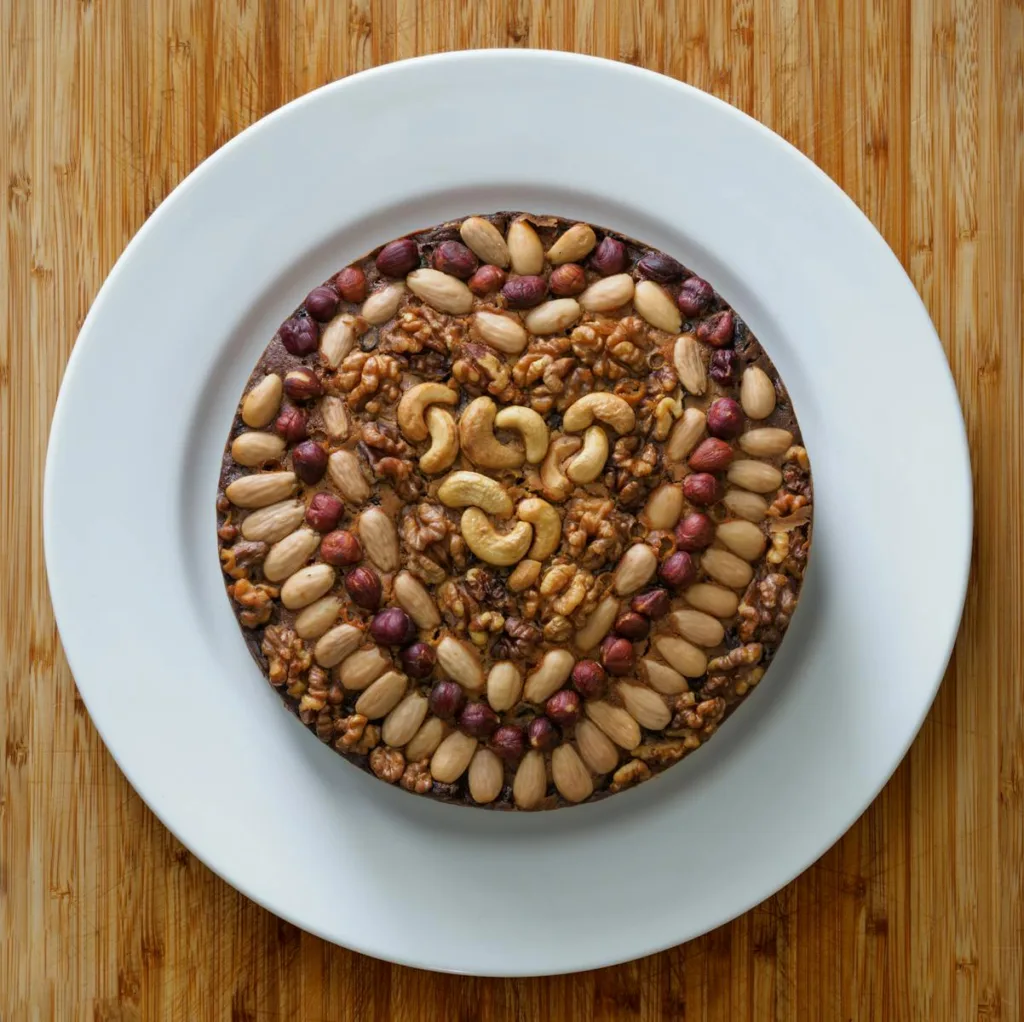
Scottish Dundee cake is easily recognized by its distinctive pattern of concentric almonds, but did you know that Queen Elizabeth loved this dish as a tea-time accompaniment? While other varieties include rum, gingerbread, nuts, and cherries, the traditional form is adorned with raisins, sultanas, orange zest, almonds, and Seville marmalade. The sweetness and bitterness of the Seville oranges, when combined with the other ingredients, create the perfect balance for a traditional Scottish Dundee cake. This dish is obviously not your average fruitcake.
Red Velvet Cake (United States)

Although there are many various types of cakes in America, few are as well-known as the traditional (and opulent) red velvet cake. Beet juice was once used to dye this vibrant crimson cake, but food coloring has recently become more popular. Because buttermilk and sweet cream cheese icing are added, it also tastes slightly sour.
Chocotorta (Argentina)
Chocotorta is both stunning and delicious at the same time. This Argentine dish, called for the Chocolina cookies used in its preparation, is frequently eaten as a birthday cake. It also combines the two Spanish terms for “cake” and “chocolate.” The fact that chocotorta is a no-bake dessert made using ingredients that are generally easy to find and prepare is one of the reasons it is so well-liked. Coffee-dipped cookies are combined with cream cheese, dulce de leche, and chocolate ganache to make the cake.
Amandină (Romania)
Romanian amandină comes to mind while considering a recipe for rich chocolate cake. Chocolate ganache, caramel, sweet chocolate fondant cream, and chocolate sponge are the ingredients of this layered delicacy. To enhance its flavor, the cake part is frequently soaked in rum and caramel sauce. Almond cream is another ingredient in some of the recipe’s versions. Because the full dessert is incredibly satisfying, shops in Romania tend to sell these cakes in tiny pieces rather than whole.
Mawa Cake (India)
In India, mawa cake is a common treat. Mawa, a magical component created by boiling the solidified milk, is essential to make it. This component gives the dish a rich, velvety texture and softness because it must have at least 30% milkfat in order to be considered mawa. Along with a complex mixture of ingredients including cardamom, saffron, and rose petals, the cake is finished with a nutty garnish. Mawa cake is typically served for afternoon tea or at bakeries all throughout the nation.
Portokalopita (Greece)
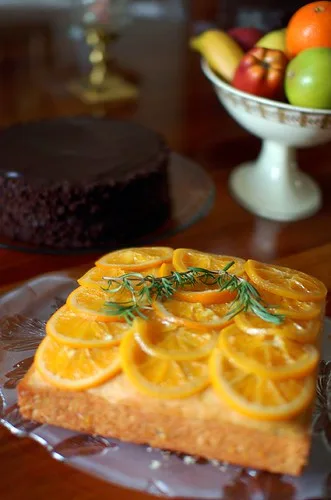
Greek orange cake called portokalopita is created with sheets of phyllo pastry. The Greek words portokáli, which means “orange,” and pita, which means “pastry,” are combined to form its name. A possible origin story for this recipe is that it originated with the Greeks, who used it as a method to use up leftover phyllo sheets to make a sweet dessert full of sugar and orange flavor.
Wuzetka (Poland)

The Polish cream cake known as wuzetka gets its name from the street where it was originally made. Layers of stabilized cream frosting and rich chocolate sponge drenched in cherry vodka syrup alternate in this delicacy. After that, chocolate ganache is applied to the top, and it is served with a cherry and a dollop of cream. We believe the cake is good enough to enjoy any time of the year, but it is traditionally served for special occasions and events by being sliced into very exact, even squares.
Mooncake (China)

Because of the many varieties, mooncakes are a traditional but divisive dish in China. The thin, browned pastry shell, which resembles mochi in texture, is used to make the little cakes. Usually, a dense, delicious filling like red beans, sesame seeds, almonds, or minced pork is placed inside the cake.
There’s a Cantonese variety with salty duck egg yolks and lotus seeds, and sweeter variations with custard, coffee, or matcha. Mooncake making is a labor of love; the development of a single batch might take up to eight hours. Because of this, a lot of mooncake enthusiasts decide to get their cakes only from Chinese bakeries. Mooncakes have been consumed for about 3,000 years, usually during the Mid-Autumn Festival.
read also : Delicious 12 South Korean Food You must Try

